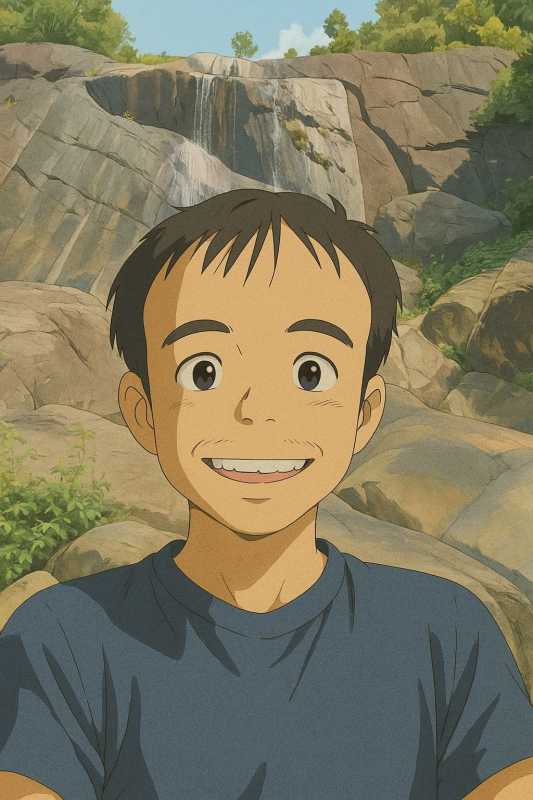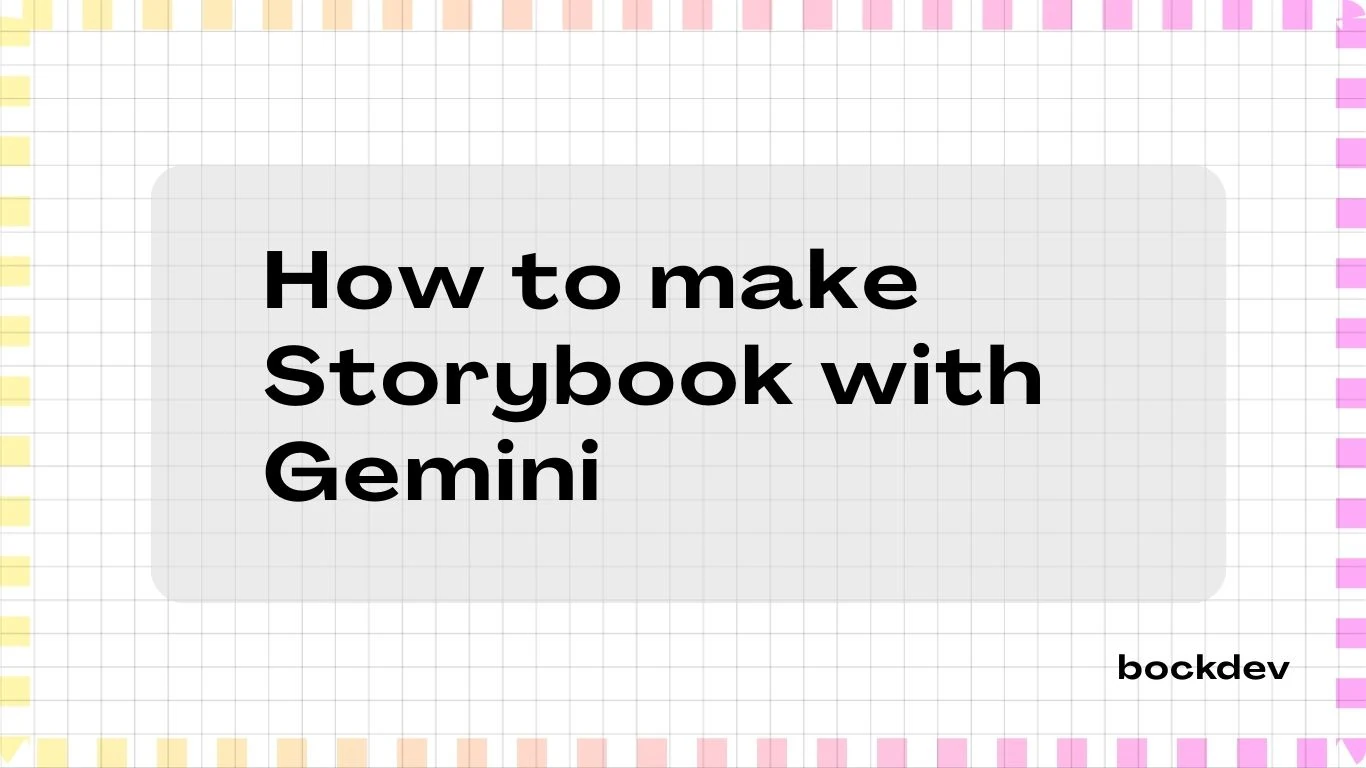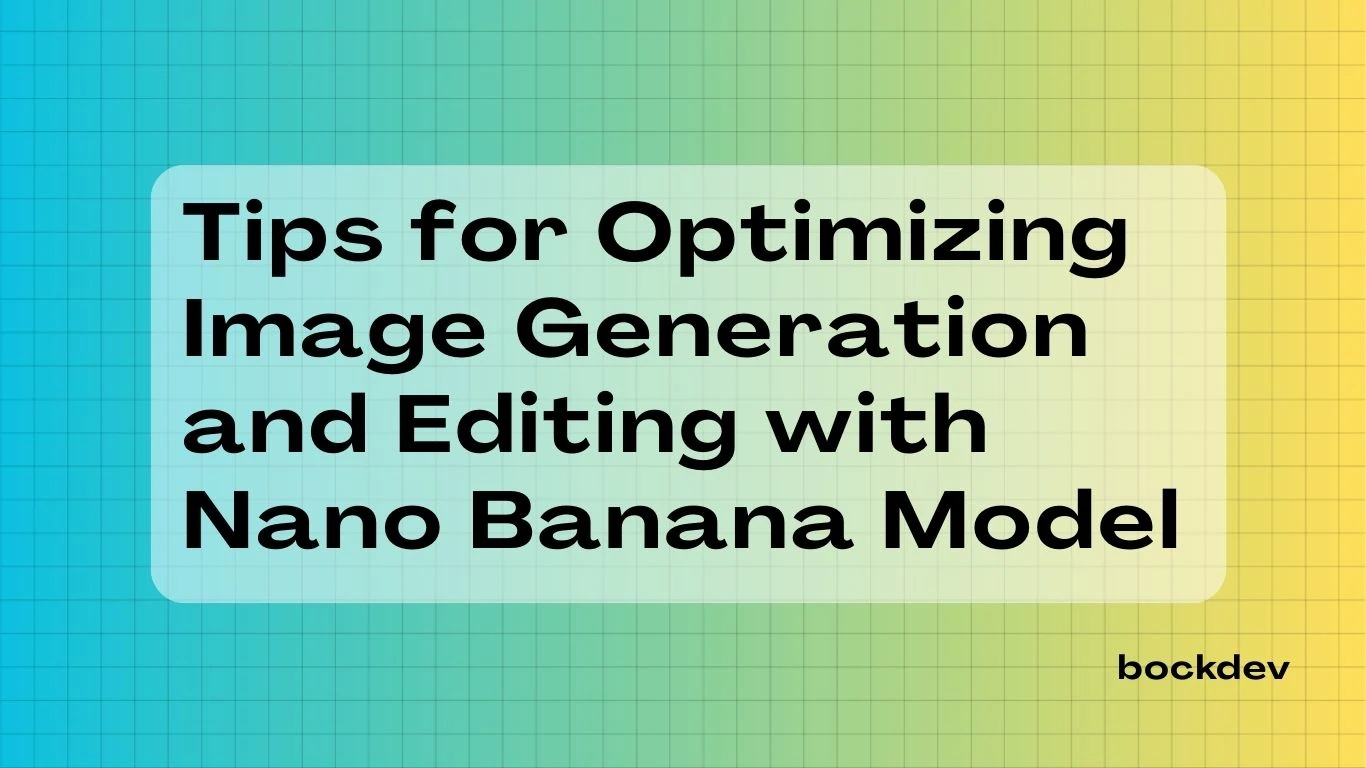
Recently, Google released a next-generation image generation and editing model called Nano Banana, which achieved a top-rated score of 1362 (score will vary over time). This release brings major improvements in character consistency, precise conversational editing, and the power to merge photos into entirely new creations. I personally tried it out on Google AI Studio but you can also use Gemini by clicking the 🍌 Create Image button. So, let's explore what Nano Banana can do.
Core Features of Image Generation in Gemini
Before creating images, it’s useful to understand the upgraded features in Gemini. These enhancements can help you decide which creative scenarios to explore:
Consistent character design – Maintain a character’s or object’s look across multiple generations and edits.
Creative composition – Combine different elements, subjects, and artistic styles into one cohesive image.
Targeted edits – Adjust specific parts of an image with simple, natural language prompts.
Style and design transfer – Apply textures, styles, or visual themes from one concept to another.
Contextual reasoning – Leverage real-world logic to create complex scenes or anticipate the next step in a sequence.
Isometric modeling – Isolate a single object or building from an image and transform it into a clean isometric model.
6 Key Elements for Crafting Effective Prompts
Gemini can deliver solid results with just a short prompt but adding these elements helps you unlock more precision and creativity:
Subject – Specify the main focus of the image. (Example: a knight made of stained glass; a golden retriever wearing aviator goggles).
Composition – Describe how the scene is framed. (Example: overhead shot, panoramic view, close-up portrait, tilted angle).
Action – Clarify what’s taking place. (Example: drawing a sword, flying a paper airplane, leaping into a river).
Location – Anchor the scene in a setting. (Example: a neon-lit Tokyo alley, an underwater coral palace, a snowy mountain peak at dawn).
Style – Convey the artistic look. (Example: pixel art, oil painting, cyberpunk illustration, vintage Polaroid photo).
Editing instructions – For modifying an existing image, be precise. (Example: replace the sunset with a night sky, add a glowing lantern on the table).
Creative prompting techniques with examples
By applying different prompting strategies, you can generate outputs that range from photorealistic edits to highly imaginative scenes. The following techniques illustrate practical approaches, each demonstrated with an example.
Consistent Character Design
Maintain consistent appearance, proportions, and personality traits across multiple poses or scenes to keep characters recognizable.
Prompt
A medieval warrior clad in weathered steel armor, holding a broad sword, standing on a misty battlefield at dawn, with banners waving in the background. Cinematic lighting, highly detailed, realistic style.
Prompt for Editing
Then, show the same medieval warrior riding on the back of a towering, fire-breathing dragon with scales that shimmer like molten bronze, soaring high above a stormy sky lit by flashes of lightning.
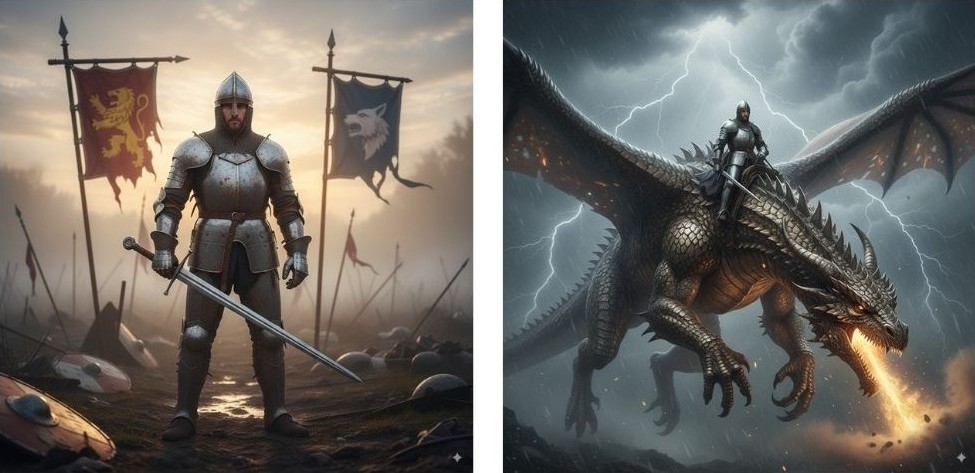
The character’s appearance remains consistent, whether on the battlefield or riding a dragon.
Creative Composition
Arrange elements with balance, perspective, and visual flow while enhancing storytelling through dynamic character and environment placement.
Prompt 1
Generate a realistic image of an agent in a sleek suit.
Prompt 2
A picture of a subway station with tiled walls, glowing lights, and a train arriving.
Upload the generated images, then
Prompt for Editing
Show the agent standing in the subway.

The agent’s background shifted from a building lobby to a subway, and can be anything, as if the agent has journeyed around the world.
Targeted Edits
Precisely modify specific areas without affecting surroundings. Supports selective adjustments in texture, color, structure or additions while preserving overall composition.
Prompt
A delicious plate of pasta, topped with sauce, styled in a realistic food photography look.
Prompt for Editing
Add slices of golden grilled chicken on top of the pasta.
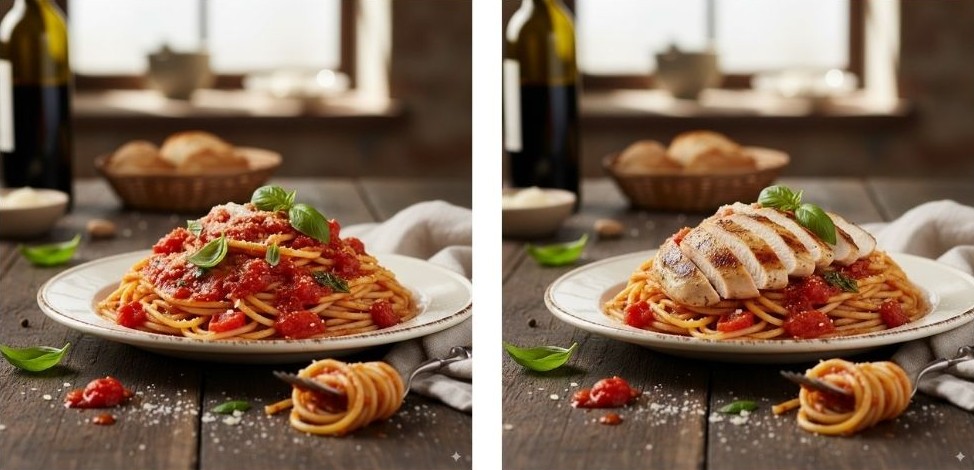
The chicken slices were placed on top of the pasta, but not along the sides of the plate.
Style and Design Transfer
Apply artistic styles or design motifs from one source to another, harmonizing visuals or reimagining concepts with textures, colors, or brush techniques.
Prompt
A beautiful landscape with towering mountains reflecting on a crystal-clear lake, surrounded by lush greenery.
Prompt for Editing
Apply Black & White style to this image.
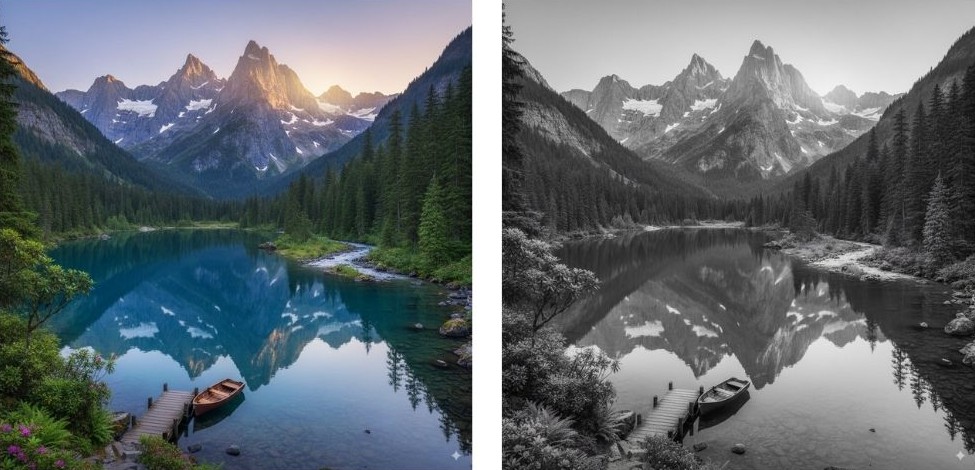
The picture was converted from color to black and white while keeping the original structure intact.
Contextual Reasoning
Generate outputs accounting for surrounding elements, relationships, and situational logic. Ensures realistic interactions, spatial coherence, and storytelling consistency.
Prompt
A focused scientist does a chemistry experiment.
Prompt for Editing
Generate an image showing what would happen when the scientist mixed liquid into a beaker.
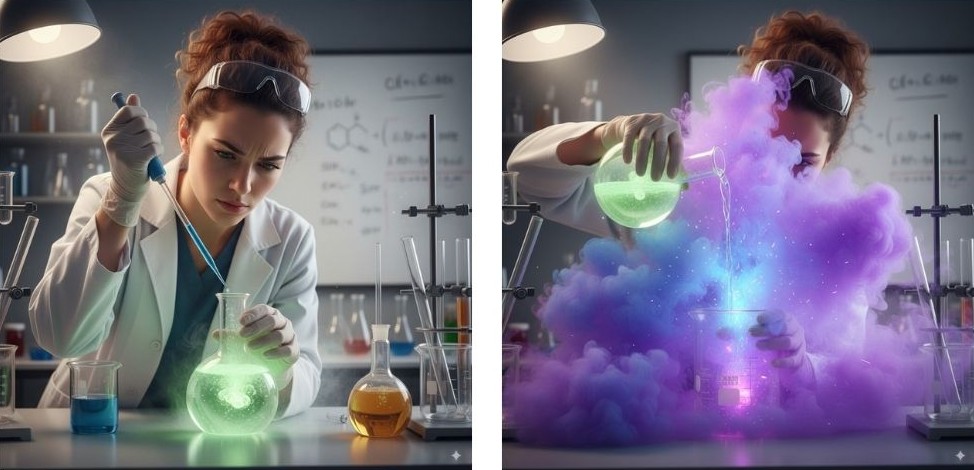
Contextual reasoning anticipates outcomes within an image, such as predicting a chemical reaction when two liquids are mixed, suggesting effects like a burst or explosion.
Isometric Modeling
Create precise 3D representations from a fixed isometric perspective, maintaining correct scale, alignment, and spatial relationships while emphasizing clarity and depth in the scene.
Prompt
Design a 3D ancient Japanese temple surrounded by cherry blossoms, wooden textures, curved roofs, lanterns, mist, and soft ambient lighting.
Prompt for Editing
Make an isometric model of the temple only.
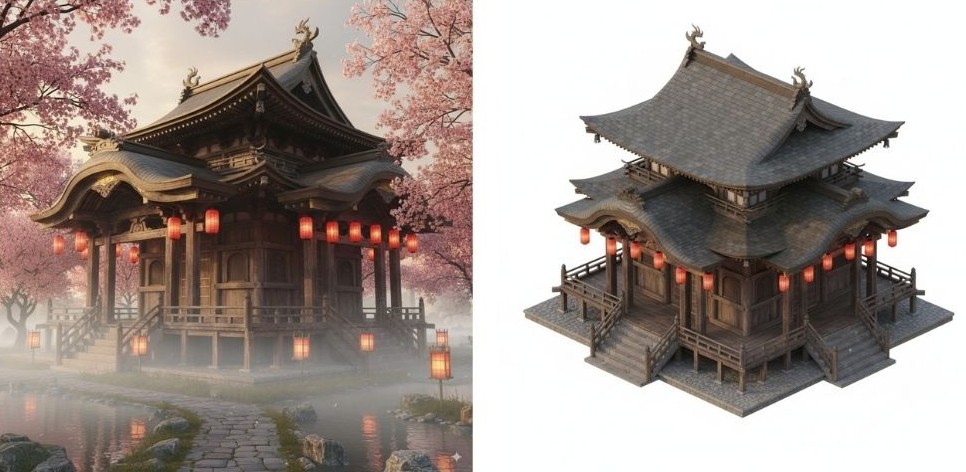
The temple was rendered separately and in an isometric view This is useful for architectural visualization and game assert.
More Use Cases with Nano Banana
The images below are generated from uploaded images and provided prompts.
Deconstructing Photo Elements: Food Ingredients Display
Extracts individual food components from images, creating ingredient-focused visuals for recipes, menus, or education.
Prompt
Observe this food photo, identify all the possible ingredients that could be used, place these ingredients separately in bowls or on plates, and pair them with some seasonings or spices that might be used. Present this from a top-down angle on a white or light wood-grain background to create the feeling of an ingredient display.
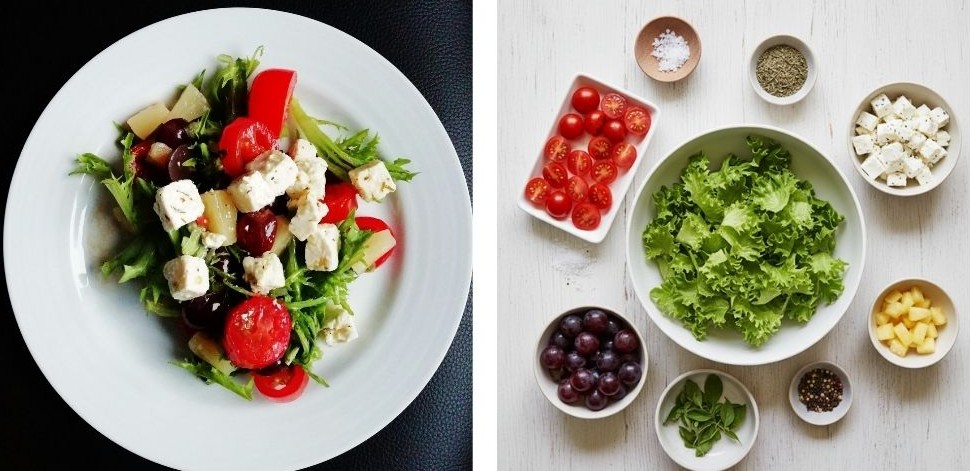
Plated salad with a deconstructed display of its ingredients, highlighting the transformation from a complete dish to its individual components.
Building to 3D Model
Converts building photos into accurate 3D models, useful for architecture, real estate, and urban planning.
Prompt
Please use the original image I provided to transform the main subject of the picture into a 3D model on a computer desk. Behind the model, place a cardboard box with the architectural image from the photo printed on it. Place a computer next to it, with the computer screen displaying a 3D design of the model. Place a sheet of cardstock in front of the cardboard box, and set the architectural model on the cardstock. The model should be made of PVC material, and the background should be indoors.
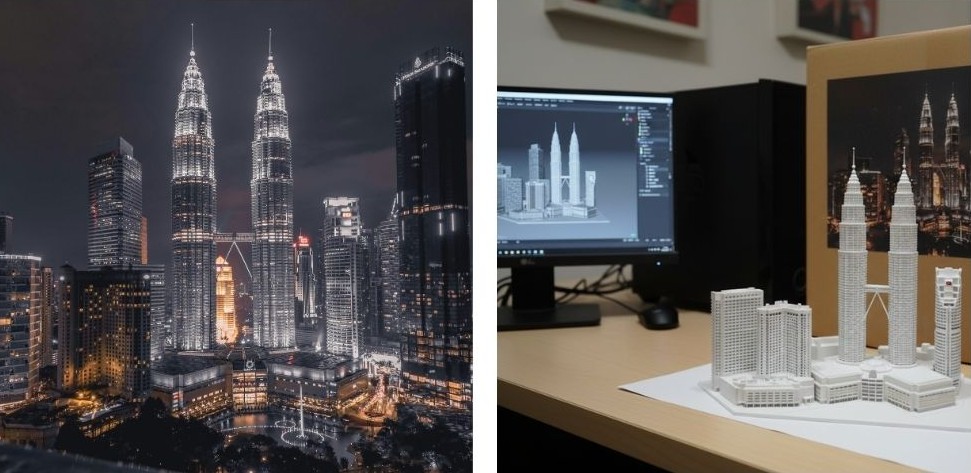
This image showcases the transformation of a real-world landmark, the Petronas Twin Towers in Kuala Lumpur, into a 3D physical model, highlighting the digital design and physical production process.
Transforming Photo into a Hand-Drawn Process
Turns photos into stepwise hand-drawn sketches, ideal for tutorials, design processes, and creative storytelling.
Prompt
Generate a hand-drawn process for the building in the photo and present it in a 2x2 grid format.
Step 1: Only have a basic line sketch of the building's main silhouette.
Step 2: Fill in the basic structure and forms within the outline.
Step 3: Overlay shadows and details to add a sense of three-dimensionality.
Step 4: A detailed and complete full-color illustration with shading and background.
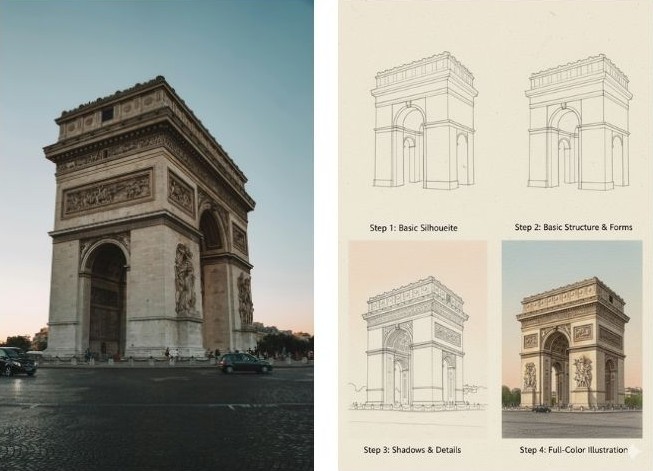
This is the step-by-step process of creating a hand-drawn illustration of the Arc de Triomphe, from initial silhouette and structure to the final full-color artwork
Google Landmark to 3D Illustration
Transforms Google landmark photos into stylized 3D illustrations, enhancing tourism promotion, cultural education, and virtual experiences. Useful for mobile games integrated with Google Maps.
Prompt
Use this Google location to create a 3D isometric illustration of the landmark (limited to buildings only), creating it in the style of a video game theme park, and then directly overlaying it on the original map.
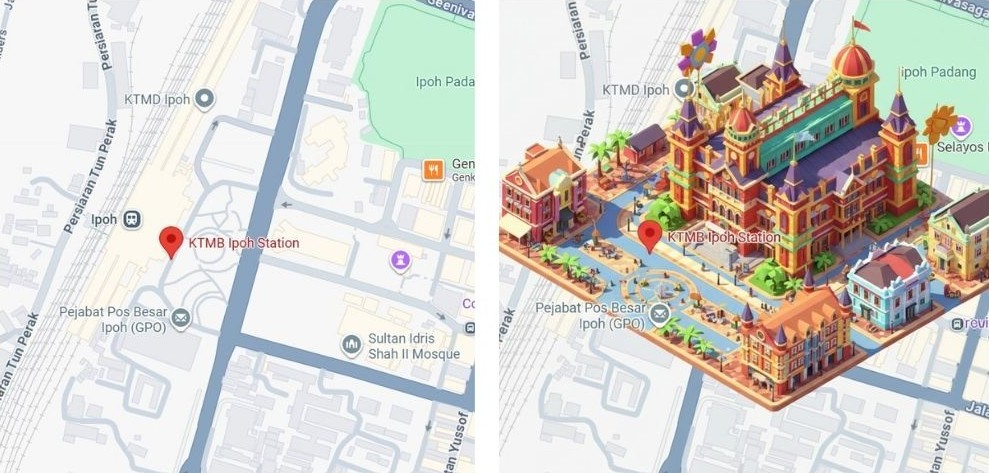
A standard Google Maps view of the KTMB Ipoh Station can be transformed into a detailed, visually appealing 3D cartoon-style illustration.
3D Figurine Production
Generates customizable 3D figurines from photos, enabling collectibles, personalized gifts, and character merchandising.
Prompt
Please use the original image I provided to transform the main subject of the picture into a three-dimensional figurine on a computer desk. The scene is a computer desk with a 1/7 scale PVC figurine of the character standing and fixed on a transparent round base, showing a detailed and realistic collectible quality in the style of an animated cartoon. Behind the figurine is a computer monitor, displaying a 3D design image of the character, as if someone is in the process of designing it. A keyboard, mouse, coffee cup, and other model boxes are also placed on the table. The boxes are designed in a commercial collectible style, with colorful cartoon illustrations printed on the front, creating an atmosphere of surrounding merchandise. The overall scene needs to create a realistic desk environment with natural lighting and a sense of depth, just like a real photo taken with a camera.
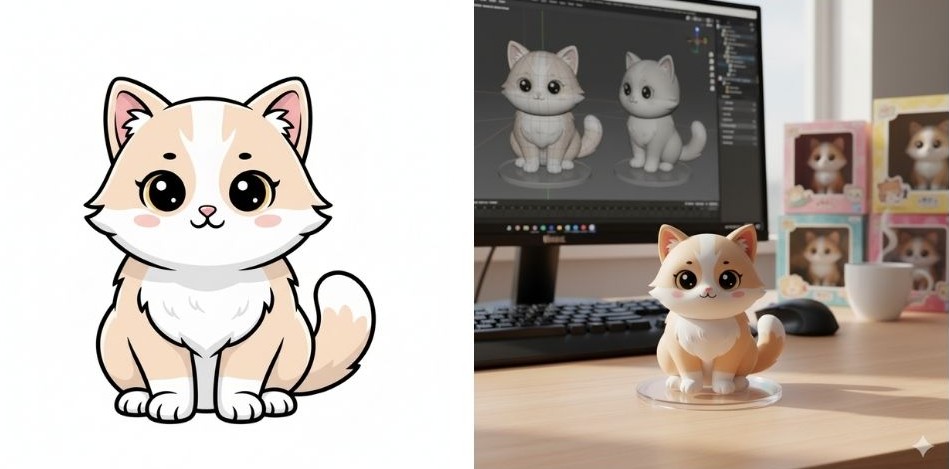
A 2D cartoon cat design was transformed into a physical 3D figurine for collectible toy production.
Change Hairstyle
Generate a preview of a new hairstyle without the need for cutting.
Prompt
Give me a buzz cut.
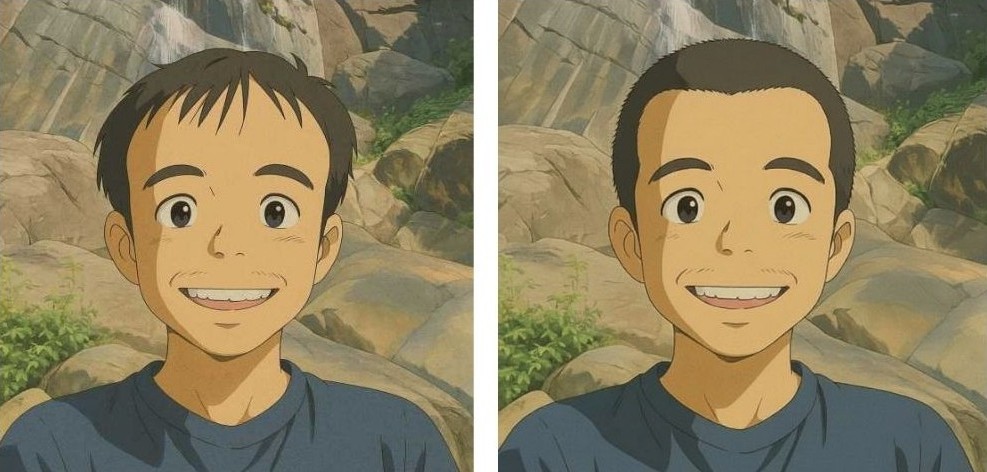
The hairstyle was transformed into a buzz cut. Other styles such as curly undercut, textured crop, classic taper and man bun are also available for exploring different looks.
